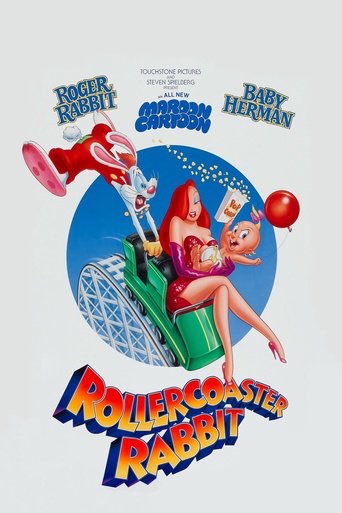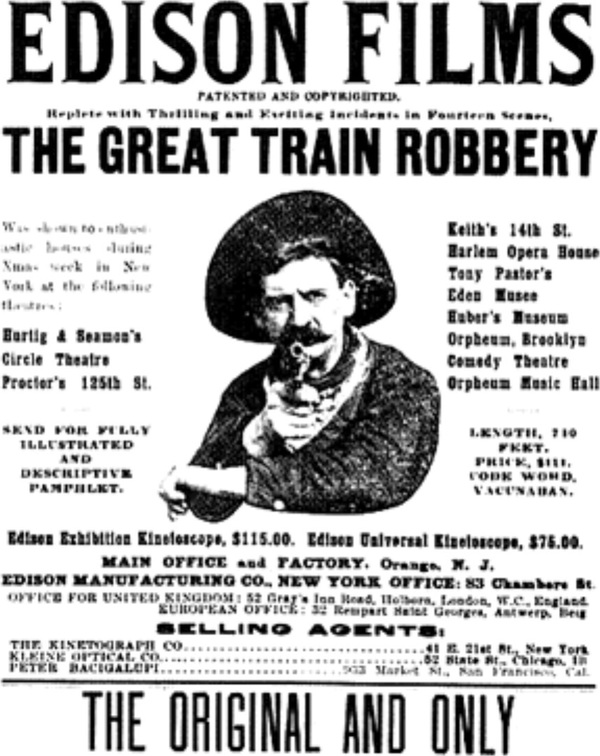(USA 1901)
Demolishing and Building Up the Star Theatre is a silent film that records the demolition of the Star Theatre at Broadway and 13th in the East Village more than a hundred years ago. F.S. Armitage shot the whole thing from across the street over the course of a month using time-lapse photography. The finished product is sped up in really fast motion. Then it’s put in reverse so that what just happened is taken back.
Hard to believe, but Demolishing and Building Up the Star Theatre, which is not even two minutes long, was shown commercially in theaters. I can’t imagine anyone being all that interested in it, but mmmkay. To be fair, I suspect the technique was revolutionary for its time. Theaters were given the gimmicky option of setting the order to either Building Up then Demolish, or Demolish then Building Up. So, the words “Demolishing” and “Building Up” in the title can be rearranged and still be accurate.
Obviously, this film offers no narrative other than knocking down a building. One cool thing: all the work is done by hand. Another thing: New York City apparently didn’t give any thought to public safety, as I don’t see any barricades; the sidewalk and street are open to traffic.
Archival footage tends to spur research on my part, and this is no exception. The building in the foreground is a Roosevelt project from 1893 that was just restored ten years ago (http://daytoninmanhattan.blogspot.com/2010/12/893-roosevelt-building-839-841-broadway.html). It looks pretty much the same today (https://www.google.com/maps/place/841+Broadway,+New+York,+NY+10003/@40.7341524,-73.9913362,3a,75y,106.41h,100.81t/data=!3m6!1e1!3m4!1sdooWdqOlfZTAhAuf6Kjx-Q!2e0!7i13312!8i6656!4m5!3m4!1s0x89c25998fb0fefb9:0xe2533a21e4f56d2f!8m2!3d40.7342965!4d-73.9912195). Even better, the Star Theatre was owned and operated by James W. and Lester Wallack, brothers who created what was regarded as the best theater company in America at its time (https://en.wikipedia.org/wiki/Wallack%27s_Theatre). Today, a Regal Cinema stands where the Star Theatre did.
The Library of Congress has a better print online, so watch that one.
In 2002, the United States Library of Congress deemed Demolishing and Building Up the Star Theatre “culturally, historically, or aesthetically significant” and selected it for preservation in the National Film Registry (https://www.loc.gov/programs/national-film-preservation-board/film-registry/complete-national-film-registry-listing/).
Production: American Mutoscope and Biograph Company
Distribution: American Mutoscope and Biograph Company
2 minutes
Not rated
(YouTube / Library of Congress) C
https://www.loc.gov/item/00694388







